An Insider’s Guide to an Unforgettable Weekend in Olympic National Park
Olympic National Park is huge, covering nearly one million acres of pristine wilderness in the remote northwest corner of Washington State. Considered by many to be three parks in one, visitors who make the trek west from Seattle and the Puget Sound are rewarded with unrivaled beauty around every corner. Glaciated mountains, brilliantly-green rainforests, amazing rivers, and stunning waterfalls, not to mention the most rugged and wild stretch of coast in America await those who long to explore this true and pristine wilderness. While it’s impossible to experience all of Olympic in just one weekend, this guide will give you a good start.
Unlike other parks in the country, most of Olympic National Park is inaccessible to all but backpackers. Olympic’s interior is impossible to reach by car, with only a few destinations giving a glimpse into the natural wonderland deep in the center of the Olympic Peninsula.
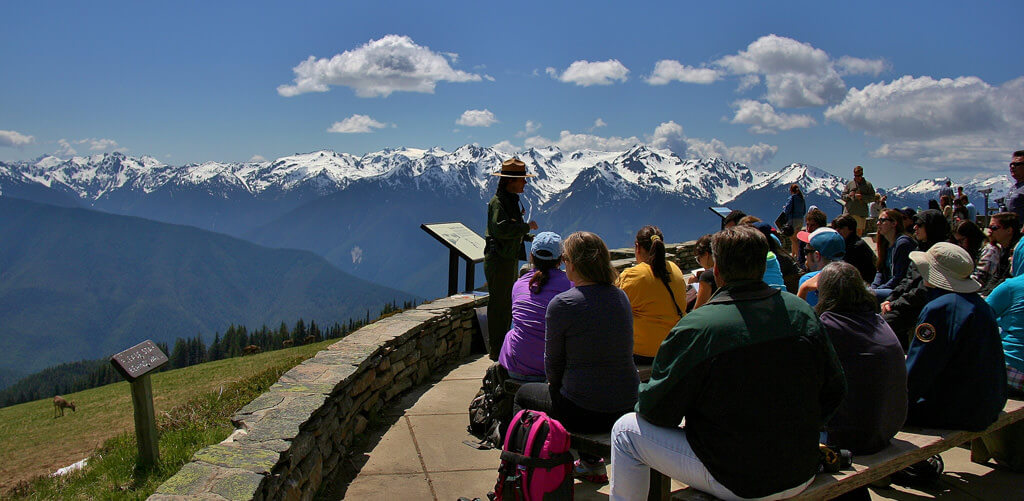

Hurricane Ridge
To best start your weekend in Olympic, head to the city of Port Angeles on the northern flank of the Olympic Peninsula. The north section of Olympic National Park is the most-visited as well as the location of four of the seven crown jewels of the park. Located along the Strait of Juan de Fuca, Port Angeles is the location of the official visitor center for the park and the perfect place to start your trip to the seven jewels of Olympic National Park. Not included in this list is the rarely visited, yet always beautiful, Staircase Region on the Hood Canal side of the park. After stopping by the visitor center and picking up a copy of The Definitive Guidebook to Olympic National Park, head up to Heart O’ the Hills and Hurricane Ridge.
Hurricane Ridge is iconic, giving those who make the 17-mile drive from the Park Headquarters a panoramic view that is unrivaled. The drive from Port Angeles to Hurricane Ridge is ridiculously impressive gaining 5,000 feet before reaching the parking lot at the Hurricane Ridge Visitor Center. From here, the Olympic interior can be witnessed in all its glory, with the glaciated summit of Mount Olympus finally visible. Numerous hikes branch out in all directions, making this a high alpine wonderland for the entire family. If you have time, hike to Hurricane Hill and witness a panorama that transcends international borders, taking in the sights of Vancouver Island, the Strait of Juan de Fuca, and the entire Olympic interior. Watch for mountain goats and marmots during the day, while watching stunning sunsets as numerous deer roam along the southern slope.
After experiencing Hurricane Ridge, head west along the famous Highway 101, quickly reaching the Elwha River, where you can access the Elwha Valley. The Elwha was once the home of two dams which were removed in 2012. Now, the river runs free as it did a century ago and gives visitors a chance to retake the path of one of the original expeditions into the region. The highlights of the Elwha are numerous, ranging from backpacking trips to remote hot springs and rugged mountain peaks. However, the highlight of the Elwha for most is the hike from the Whiskey Bend Trailhead to Goblins Gate and the Dodger Point Bridge. Be aware that this road is prone to washing out, so make sure you check the conditions before you plan your Elwha exploration.
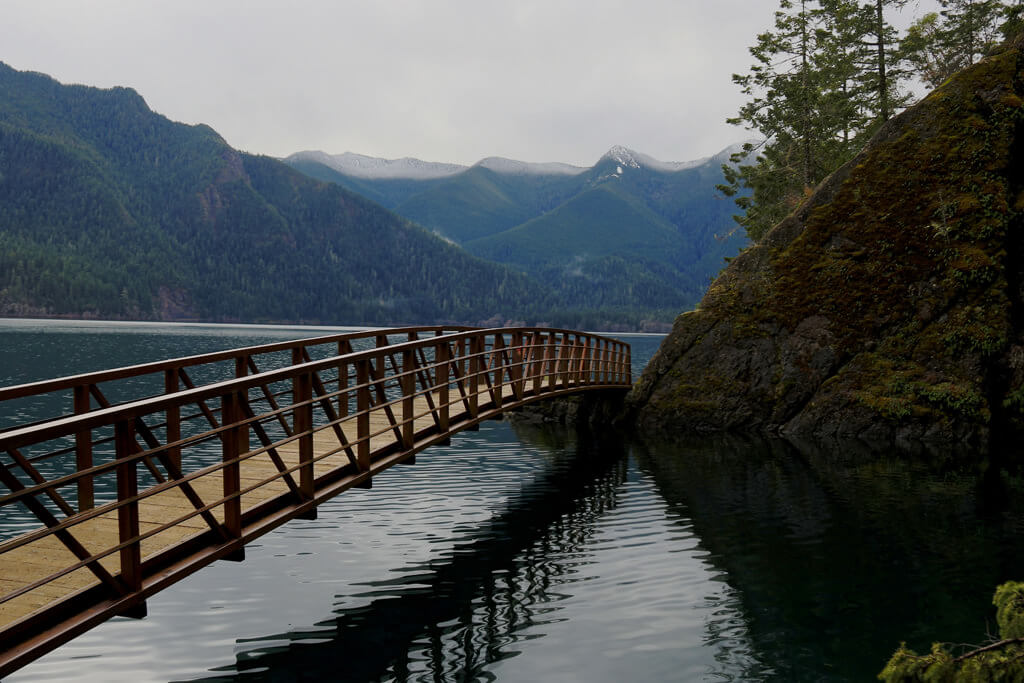

Lake Crescent
Farther west, Highway 101 passes by Lake Crescent, the second-deepest lake in the state of Washington. Full of history and lore, Lake Crescent also has incredible hiking and breathtaking views. Most will visit the historic Lake Crescent Lodge, before taking to the nearby trails to witness the always pretty Marymere Falls or the exposed summit of Mount Storm King. Further adventures in the Lake Crescent area will lead you to the northern shore of the lake, allowing you to reach the Spruce Railroad Trail and Devils Punchbowl.
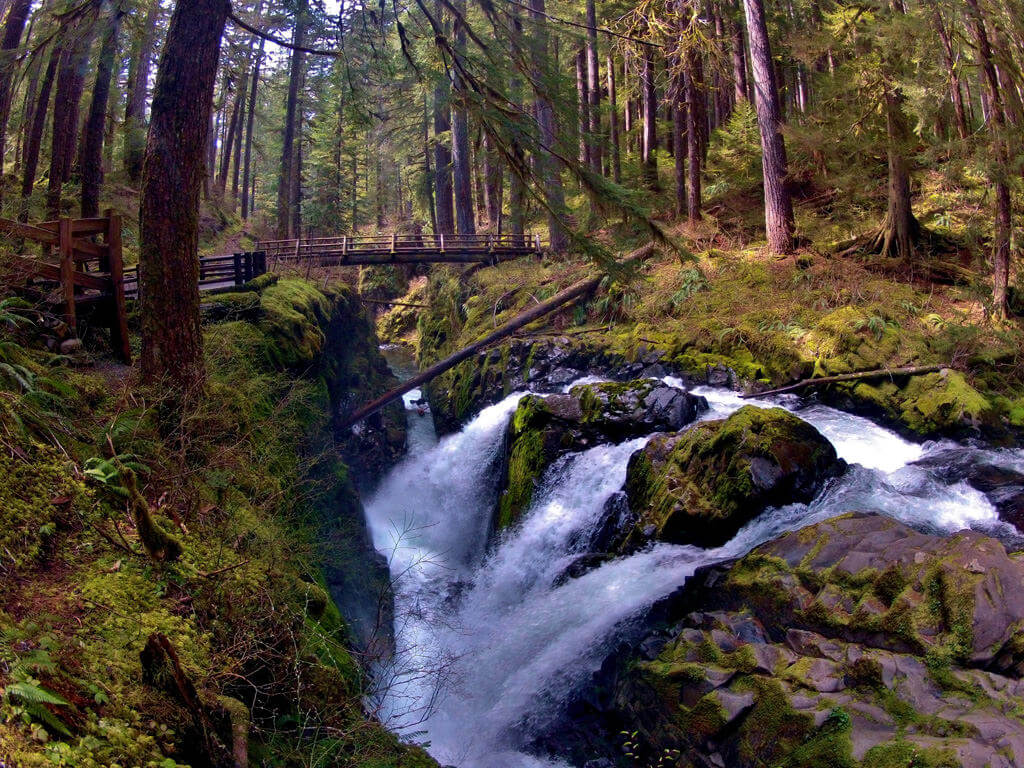

Sol Duc
Just a few miles past Lake Crescent, the entrance to the Sol Duc region of Olympic sits to the south. Slowly driving into the forests of the Sol Duc, you will eventually reach Sol Duc Hot Springs and the short hike to the triple-tiered majestic beauty known as Sol Duc Falls. During the morning and evening sun, the spray from the falls will create rainbows throughout the forest and box canyon. Sol Duc is also a great place to camp or stay at the lodge for a night in the wilderness.
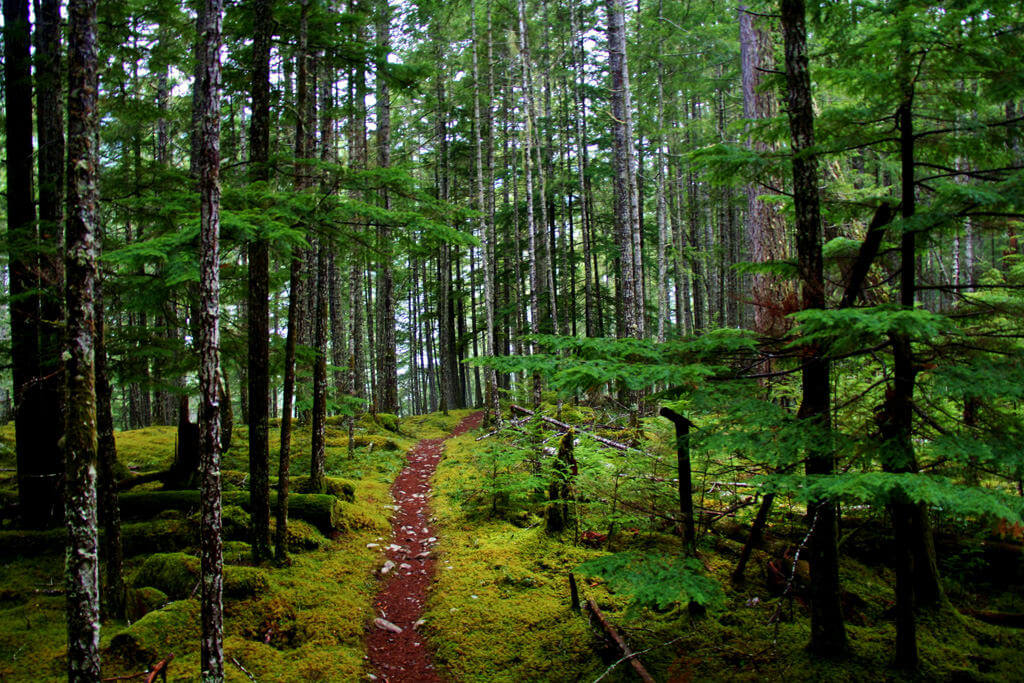

After exploring the north end, follow Highway 101 west, where it eventually reaches the rainforests that make the region so famous. The most-popular rainforest, and the easiest to explore, is the Hoh Rainforest. A forest full of towering trees, herds of elk roam in moss-covered forests that sit along the banks of the milky-blue Hoh River. For a more remote wilderness adventure in the rainforests of Olympic, head farther south along Highway 101 and experience the majesty of Lake Quinault. With a huge lodge, record-breaking trees and tons of wildlife, hiking or driving the loop drive in the Quinault Rainforest is sure to fuel your wanderlust.
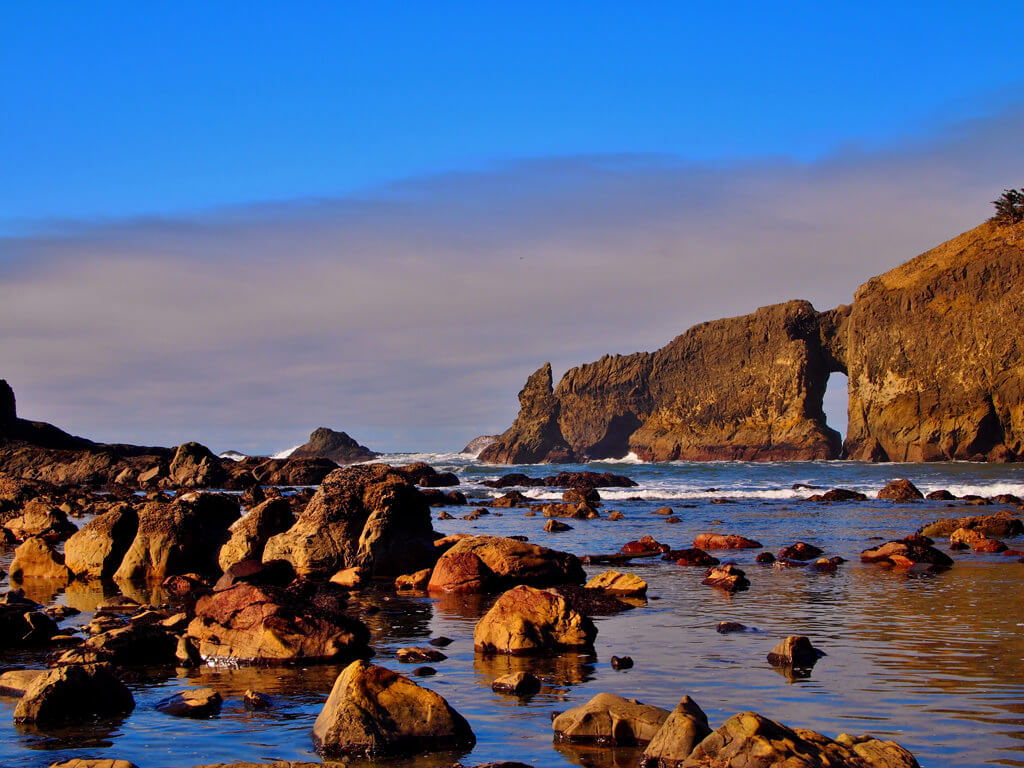

Second Beach LaPush
Finally, cap off your weekend by exploring the rugged and wild Washington Coast of Olympic National Park. While there are 73 miles of wilderness coast to explore, the three most visited beaches are Rialto, Second Beach, and Ruby Beach. Rialto and Second Beach are located near the coastal community of LaPush and are both great places for short hikes and stunning sunsets. Farther south, in the beautiful Kalaloch section of the coast, visitors can explore Ruby Beach, which is a few miles from the Kalaloch Lodge and Campground. The coast is full of eagles, driftwood, sea stacks, and tide pools that stretch as far as the eye can see, letting you end your weekend around Olympic National Park with the best coastal views in the nation.

























